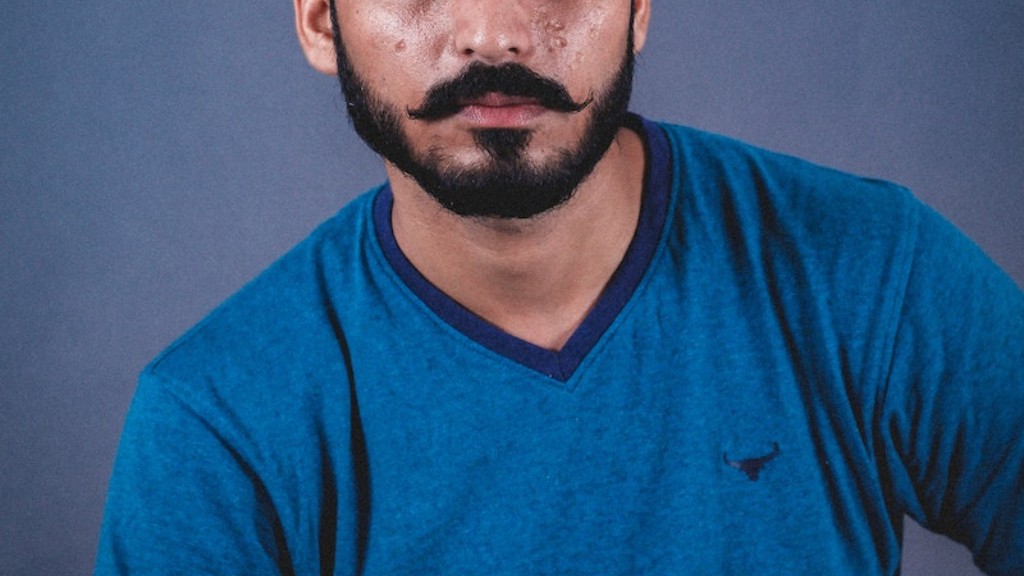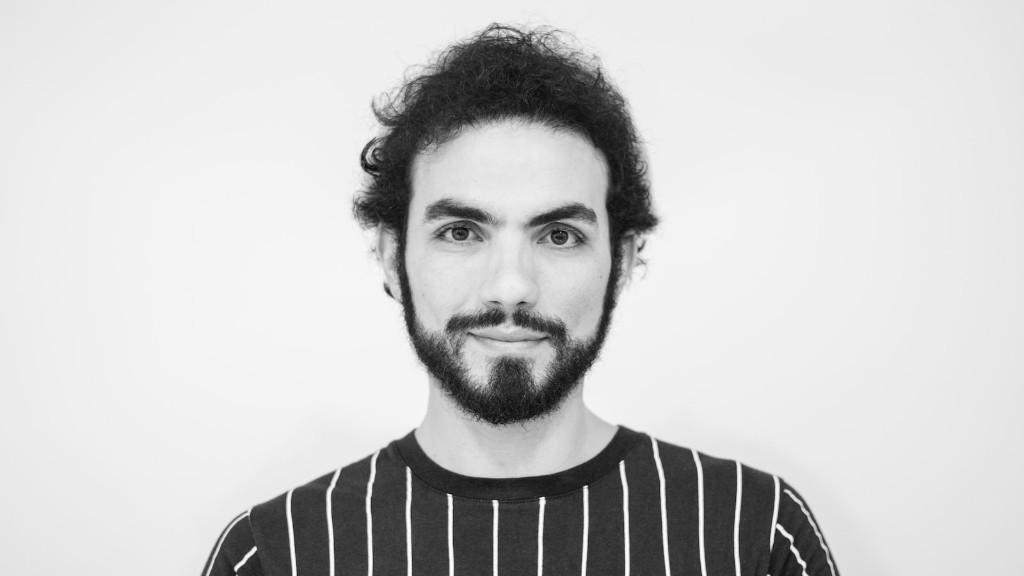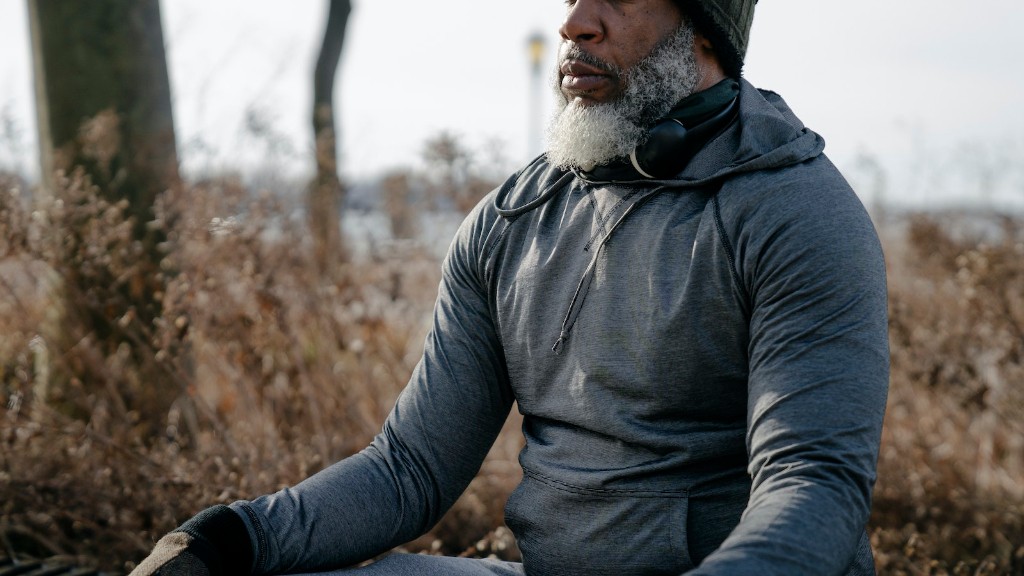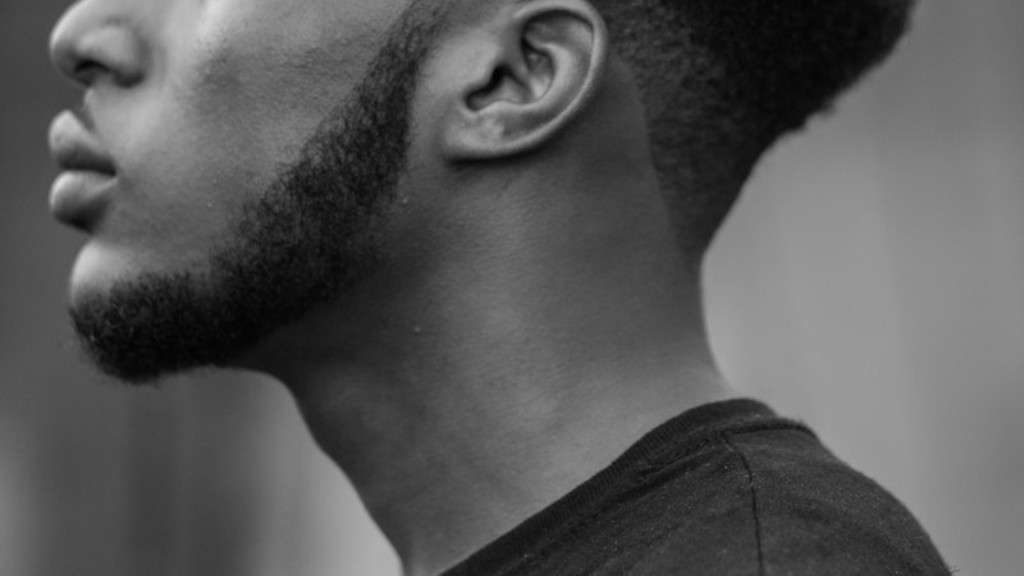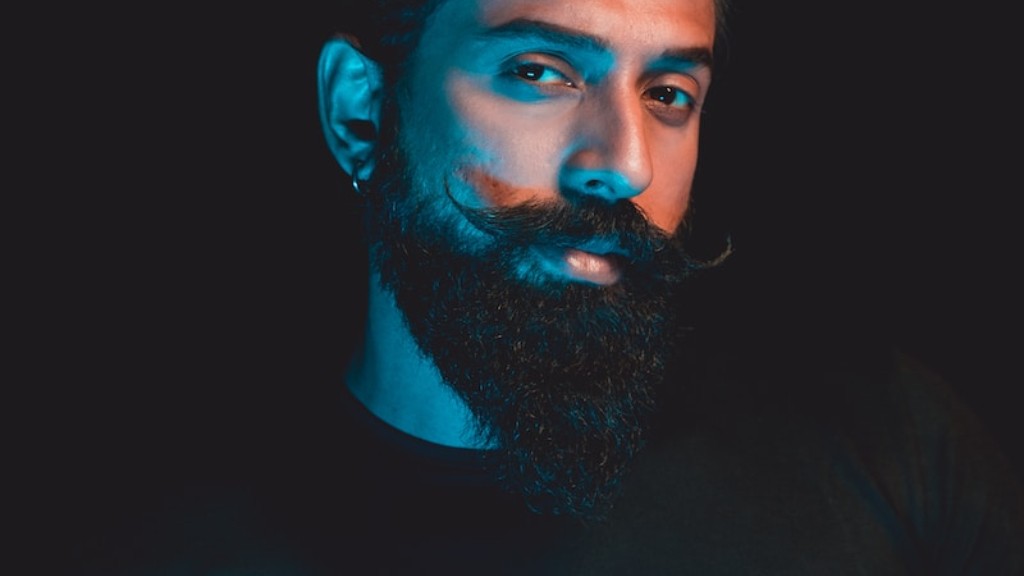Since Native Americans are born with the same genetic ability to grow facial hair as any other human, the answer to this question is yes. Native Americans can absolutely grow beards, mustaches, and sideburns if they so desire. In fact, many famous Native American men have worn facial hair throughout history including Sitting Bull, Chief Joseph, and Geronimo. So, if you’re a Native American man who’s been wondering if you can grow a beard, the answer is yes!
There is no one answer to this question as different people have different genetics. Some Native Americans can grow facial hair, while others cannot.
Why didn’t Native Americans grow beards?
There are many reasons why Native Americans do not appear to have facial hair. One reason is that they are not genetically predisposed to growing thick hair everywhere on their bodies. Another reason is that their facial hair is very soft and sparse. It is also possible that their ethnicity plays a role in this, as Native Americans are more likely to have certain genetic traits that affect hair growth.
There are a few factors that can affect the growth pattern of your facial hair, one of which is your ethnicity. A study on The male beard hair and facial skin – challenges for shaving reveal that Chinese, Mexican, and Native American men tend to have less facial hair than Caucasian men. So if you’re of one of those ethnicities, you may want to keep that in mind when considering how to style your facial hair.
Can Native American have curly hair
There is no scientific evidence to support the claim that Native Americans cannot have naturally curly hair. While some Native Americans may have straighter hair due to genetic factors, there is no reason why they cannot have curly hair.
Most Native Americans have fairly fine and short body hair and usually very little facial hair. This is due to the fact that they tend to pluck it from their faces as often as it grows.
What race grows the best beard?
There are a few reasons why people from different regions might have different levels of facial hair growth. One reason could be due to differences in testosterone levels. Another possibility is that facial hair growth is linked to a person’s ethnicity. For example, people from Mediterranean countries tend to be able to grow thick beards compared to people from other regions. According to a 2016 study, Chinese men generally have less facial hair growth than Caucasian men.
There are a few reasons for this. One is that facial hair is determined by hormones, and men of different races have different levels of testosterone, which can affect beard growth. Additionally, the thickness of a man’s beard is also determined by his genes. So, it’s not surprising that men of different races would have different beard-growing abilities.
What race is the least hairy?
There are a few reasons why Oriental peoples have the least amount of noticeable hair. For one, they tend to have less body hair overall. Additionally, the hair they do have is often finer and thinner than that of other groups. Finally, Orientals typically have less facial hair than other groups, due to genetic and hormonal factors.
This is due to the fact that most Native Americans have ancestry from both Europe and Africa. Therefore, their physical appearance is a mix of the two continents.
Do Native Americans have baldness
While male pattern baldness is largely genetic, some populations are less prone to it than others. This is the case with pure-bred American Indians, who are blessed not to have the gene that causes MPB. This allows Native American men the ability to wear long hairstyles throughout their lives. If you see a bald Native American, it is likely due to a non-MPB condition such as alopecia areata or some other skin condition.
There is a lot more to hair than just an aesthetic choice. Many ancient cultures believe that hair is an extension of the human nervous system and soul. For Native Americans, long hair is seen as a sign of power, virility, and physical strength.
Do Native Americans marry non natives?
This is an interesting statistic that sheds light on the diversity of the Native American population. It is also worth noting that the percentage of Native Americans who marry other Native Americans is still higher than the percentage of whites who marry outside of their race.
There are a number of tribes who have had plenty of blue-eyed individuals after colonization, such as the Lumbees and the Cherokees. This is likely because those tribes lived in close contact with a Caucasian community as large as their own and intermarried with them frequently.
What does it mean when a Native American cuts his hair
Cutting the hair is a sign of mourning in many cultures. It is a way to physically show the deep sadness and loss that is felt after a death in the family. The new growth of the hair represents the life after the loss.
There is no evidence to support the hypothesis that beards are honest signals of the beard owners’ testosterone levels and dominance. The results showed that beard length was not related to testosterone levels or dominance.
What age do beards grow the most?
Most men will experience their biggest beard growth from around age 25 to 35, although it varies for each person. Testosterone, a hormone, propels beard growth more than any other factor.
Most men reach full beard growth by their early 20s, but some may need to wait until they hit 30. The puberty process might initiate the facial hair growing process, but how fast and thick your beard grows will depend on your genetics and hormone levels.
Warp Up
Yes, a Native American can grow a beard.
There is no definitive answer to this question as different people have different ability to grow facial hair. However, given that Native Americans are human beings with facial hair follicles, it is safe to say that at least some Native Americans can grow beards.
